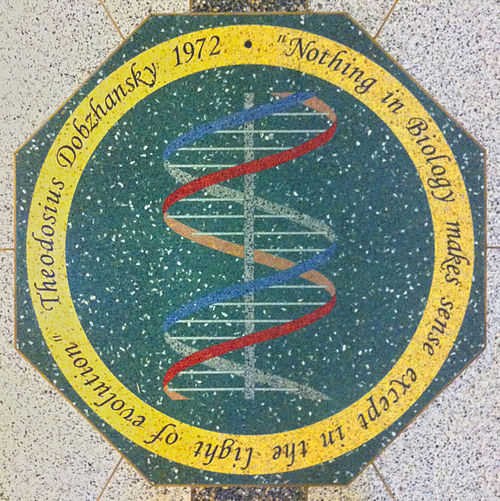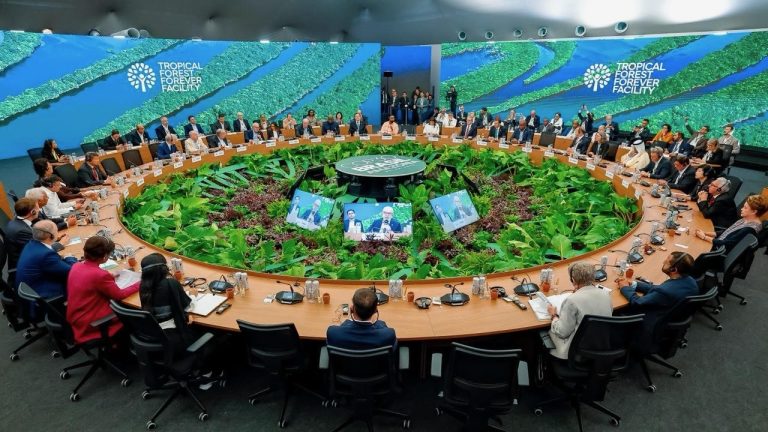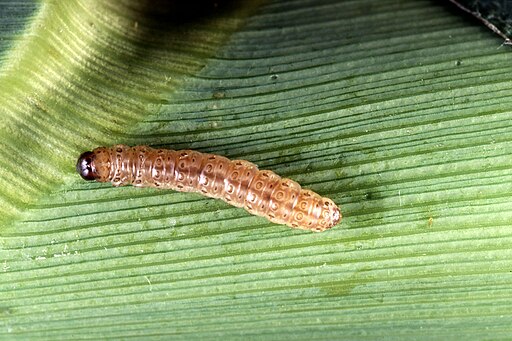Biodiversity withstanding agriculture
Almost seven years have passed since the publication of our issue « Saving cultivated biodiversity » (No. 141, October 2016). Since then, the degradation of biodiversity, i.e. the entire diversity of living organisms, has accelerated, as evidenced by recent reports from the Intergovernmental Science-Policy Platform on Biodiversity and Ecosystem Services (better known by its acronym IPBES), which refer to the 6th extinction of species [1]. One of the causes of this collapse lies in intensive agriculture, which uses numerous inputs (fertilisers, synthetic pesticides, etc.) and harmful farming practices (deep tillage, monocultures, etc.), destroying the soil. However, in addition to its function as a support, the soil nourishes plants and a living soil is one of the conditions for sustainable agriculture. Another condition is the availability of a reservoir of varied biological resources, particularly so that crops and livestock can adapt to climate change.
This diagnosis of the causes of the extinction of species is now generally shared, and reducing inputs is one of the objectives for saving biodiversity. But solutions differ. Broadly speaking, there are two visions of the world : accelerating the artificialisation of living things by relying on the triptych « genetics, robotics and digital technology », or working in liaison with eco-socio-systems by developing a peasant agro-ecology [2].
The first part of this issue looks at the international legislative framework, with the Convention on Biodiversity and the Seeds Treaty (Tirpaa, see p.8-9). European and French examples are also discussed [3]. The role of intellectual property in the decline of biodiversity is also described [4].
The second part is devoted to testimonies from farmers organised within La Via Campesina and the Réseau Semences Paysannes (Farmers’ Seeds Network) [5]. Their aim is to create a more favourable legislative framework to save this biodiversity, in particular through the Declaration on the Rights of Peasants [6]. The fight against the appropriation of cultivated biodiversity by agro-industrial and biotechnology giants also plays a large part in these farmers’ struggles, so that they can develop their own seed systems [7].








